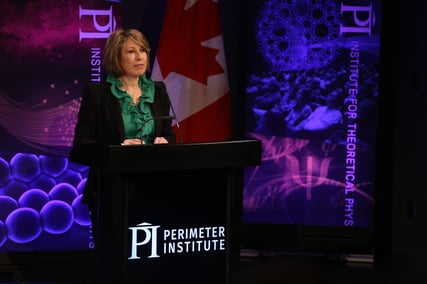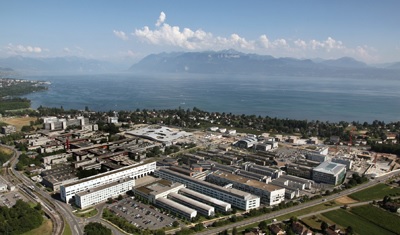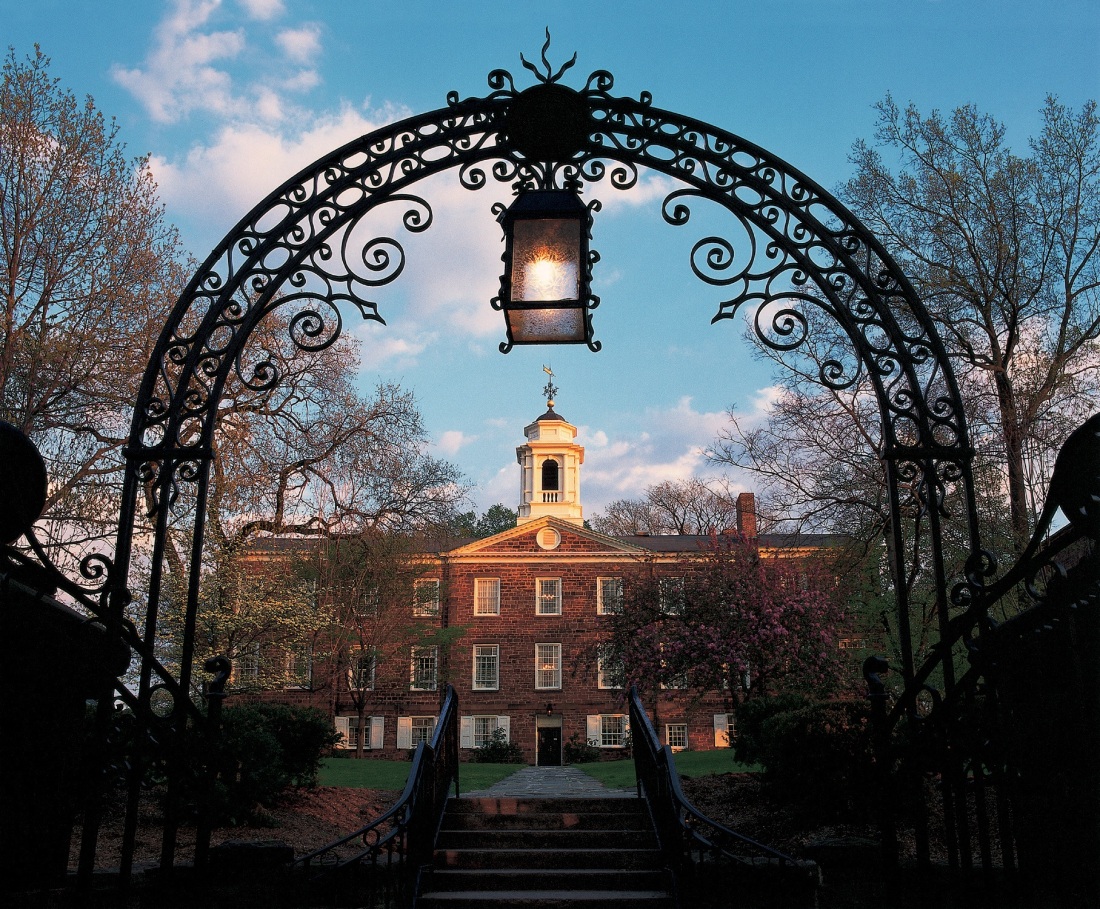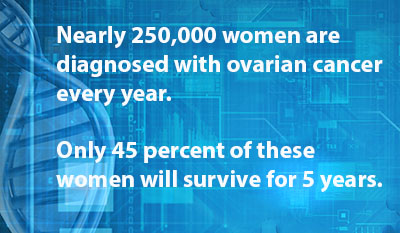
New research spells out the simple chemical steps that may have launched the RNA World. Mark Garlick/Science Source
Oct. 18, 2018
Robert F. Service
In the molecular dance that gave birth to life on Earth, RNA appears to be a central player. But the origins of the molecule, which can store genetic information as DNA does and speed chemical reactions as proteins do, remain a mystery. Now, a team of researchers has shown for the first time that a set of simple starting materials, which were likely present on early Earth, can produce all four of RNA’s chemical building blocks.
Those building blocks—cytosine, uracil, adenine, and guanine—have previously been re-created in the lab from other starting materials. In 2009, chemists led by John Sutherland at the University of Cambridge in the United Kingdom devised a set of five compounds likely present on early Earth that could give rise to cytosine and uracil, collectively known as pyrimidines. Then, 2 years ago, researchers led by Thomas Carell, a chemist at Ludwig Maximilian University in Munich, Germany, reported that his team had an equally easy way to form adenine and guanine [Nature], the building blocks known as purines. But the two sets of chemical reactions were different. No one knew how the conditions for making both pairs of building blocks could have occurred in the same place at the same time.
Now, Carell says he may have the answer. On Tuesday, at the Origins of Life Workshop here, he reported that he and his colleagues have come up with a simple set of reactions that could have given rise to all four RNA bases.
Carell’s story starts with only six molecular building blocks—oxygen, nitrogen, methane, ammonia, water, and hydrogen cyanide, all of which would have been present on early Earth. Other research groups had shown that these molecules could react to form somewhat more complex compounds than the ones Carell used.
To make the pyrimidines, Carell started with compounds called cyanoacetylene and hydroxylamine, which react to form compounds called amino-isoxazoles. These, in turn, react with another simple molecule, urea, to form compounds that then react with a sugar called ribose to make one last set of intermediate compounds.
Finally, in the presence of sulfur-containing compounds called thiols and trace amounts of iron or nickel salts, these intermediates transform into the pyrimidines cytosine and uracil. As a bonus, this last reaction is triggered when the metals in the salts harbor extra positive charges, which is precisely what occurs in the final step in a similar molecular cascade that produces the purines, adenine and guanine. Even better, the step that leads to all four nucleotides works in one pot, Carell says, offering for the first time a plausible explanation of how all of RNA’s building blocks could have arisen side by side.
“It looks pretty good to me,” says Steven Benner, a chemist with the Foundation for Applied Molecular Evolution in Alachua, Florida. The process provides a simple way to produce all four bases under conditions consistent with those believed present on early Earth, he says.
The process doesn’t solve all of RNA’s mysteries. For example, another chemical step still needs to “activate” each of RNA’s four building blocks to link them into the long chains that form genetic material and carry out chemical reactions. But making RNA under conditions like those present on early Earth now appears within reach.
See the full article here .

five-ways-keep-your-child-safe-school-shootings
Please help promote STEM in your local schools.
![]()
Stem Education Coalition























































